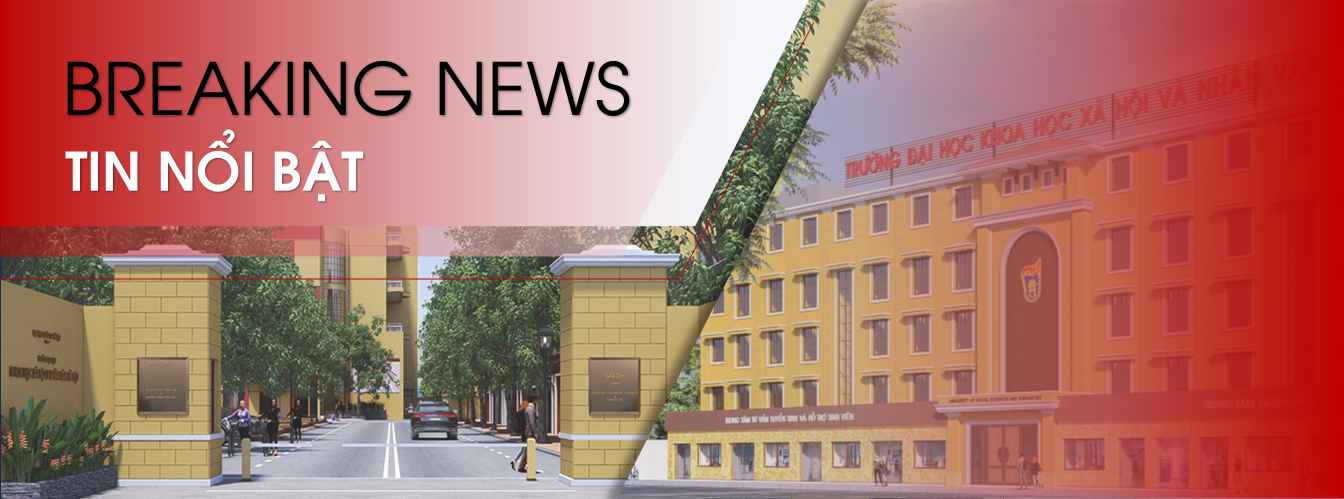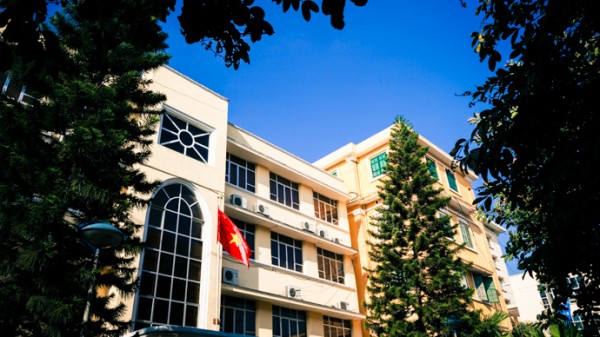The Government has just issued a Decision approving the adjustment of the University and College Network Planning from now until 2020. One of the planning viewpoints is that the development of the university and college network must be consistent with the development strategy and socio-economic conditions, scientific and technological potential of the country, associated with each region and locality.
Into the top 200 world-ranked universities?
According to this Plan, the network of universities and colleges by 2020 will reach about 256 students/10,000 people; about 70% - 80% of university students will be trained in vocational - applied programs and about 30% - 20% of students will be trained in research programs;
By 2020, the average number of university and college students per lecturer will be 17 to 26; the number of lecturers with a doctorate in the total number of university lecturers will be about 21% and the number of lecturers with a doctorate in the total number of college lecturers will be about 4%.
Accordingly, after 2020, the land area and construction area of schools must meet the prescribed standards on average area per student; university campuses must be established for foreign universities investing in Vietnam. By 2020, sufficient textbooks and materials for students must be ensured according to regulations for subjects and majors.
According to the Plan signed by Deputy Prime Minister Nguyen Thien Nhan, by 2015 there will be 10 universities, each with at least 1 faculty (major) or training field meeting quality criteria equivalent to prestigious universities in the world; by 2020 there will be 20 universities meeting the above criteria and by 2020 there will be 1 university ranked among the top 200 universities in the world;
Ho Chi Minh City National University and Hanoi National University will receive heavy investment to become leading research universities in Vietnam and the region.
Attracting a rate of over 1% in 2015 and 3% in 2020 of the number of foreign students compared to the total number of students nationwide coming to study and research in Vietnam.
Specifically, in the content of the Government's University and College Network Planning until 2020, the total scale of university and college training will reach about 2,200,000 students (an increase of about 1.8% compared to the 2010-2011 school year) and the number of newly recruited full-time students will reach about 560,000 (an increase of about 8.2% compared to 2010).
By 2020, the country will have 460 universities and colleges, including 224 universities and 236 colleges.
Focus on the training scale of two National Universities
The Government stipulates that the training scale of universities and colleges is determined on the basis of ensuring conditions and factors affecting quality such as: quantity and quality of lecturers, training facilities, classrooms, laboratories, practice rooms, student dormitories, ability to apply information technology in training, school management, etc., and at the same time, it is balanced in accordance with the characteristics of the schools, training majors, training levels and management capacity to ensure that training quality is increasingly improved.
Accordingly, the training scale orientation (number of students converted according to the regular training form) of the two National Universities is assigned as follows: Hanoi National University and Ho Chi Minh City National University: about 42,000 students.
In addition, other key universities by 2020 will have a training scale of about 35,000 students. Universities and academies training in technical - technological, economic, legal, pedagogical and other fields related to economics - technology are allowed about 15,000 converted students. Universities and academies training in medical, cultural - social professions: About 8,000 students. Universities and academies training in gifted majors: About 5,000 students.
Multi-disciplinary, multi-level colleges: About 8,000 students. Colleges training in the field of technology and community colleges: About 5,000 students. Colleges training in gifted majors: About 3,000 students.
The Government has also identified training sectors to focus on priority sectors such as: Natural sciences, social sciences and humanities; information technology; mechatronics and automation technology; biotechnology; new materials technology; a number of technical and technological sectors and occupations that meet the requirements of industrialization and modernization.
It is determined that by 2020, the number of students in the industry, transportation and construction sectors will account for about 31%, and the number of students in the natural sciences sector will account for about 31%.social sciences and humanitiesabout 14%, pedagogy and education management about 10%, economics, business administration, accounting, finance, banking, law and social assistance about 31%, agriculture - forestry - fishery about 5%, medicine - pharmacy about 6% and arts, physical education and sports about 4% of the total number of students trained.
The network of universities and colleges in the regions is also distributed more reasonably. Specifically, the Northern midland and mountainous region: By 2020, it is expected to have 57 schools, including 15 universities and 42 colleges. The Red River Delta region: By 2020, it is expected to have 157 schools, including 91 universities and 66 colleges.
North Central and Central Coastal Region: By 2020, it is expected to have 88 schools, including 38 universities and 50 colleges. Central Highlands Region: By 2020, it is expected to have 15 schools, including 5 universities and 10 colleges. Southeast Region: By 2020, it is expected to have 93 schools, including 55 universities and 38 colleges. Mekong Delta Region: By 2020, it is expected to have 50 schools, including 20 universities and 30 colleges.
Regarding student distribution, the school network is divided into three key economic regions: North, Central and South. The North accounts for 40% of the total student population of the country. The Central region accounts for 15% and the South accounts for 24% in 2020.
This plan is implemented in 3 phases. Phase 1 from 2011-2015 focuses on the task of consolidating and enhancing conditions to ensure training quality; maintaining the stability of the training scale and the number of new full-time students; reducing the training scale and the number of new full-time students recruited annually by schools that do not meet the conditions to ensure quality.
Phase 2 from 2016-2020 focuses on increasing the annual training scale by an average of about 0.3%/year and increasing the number of new full-time students recruited annually by an average of about 1.5%/year.
This Decision takes effect from September 1, 2013.



